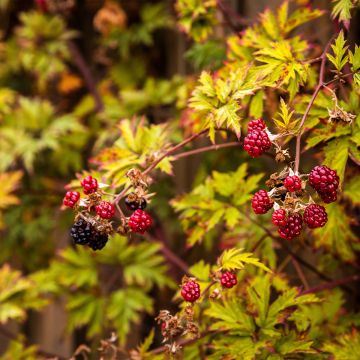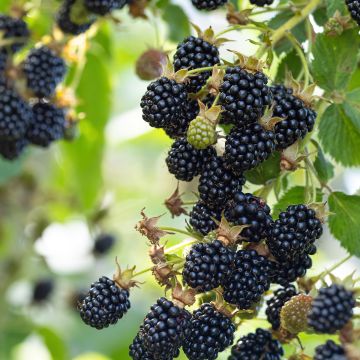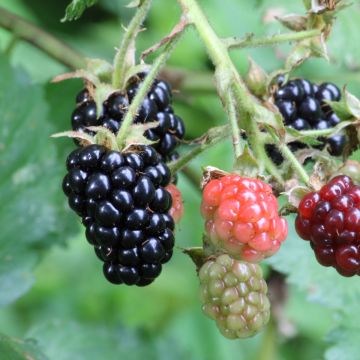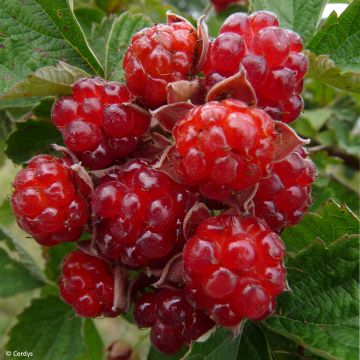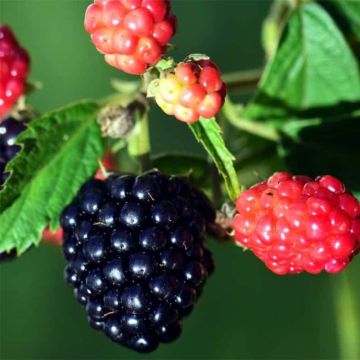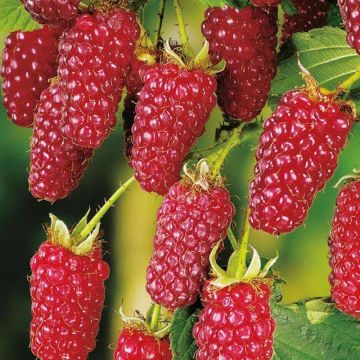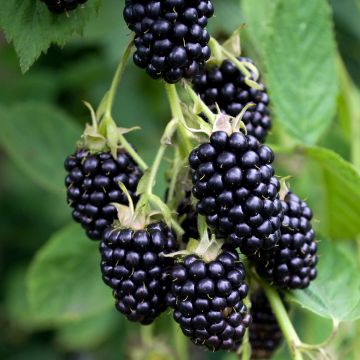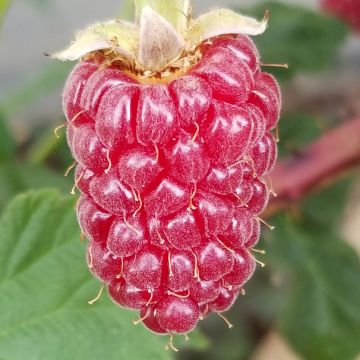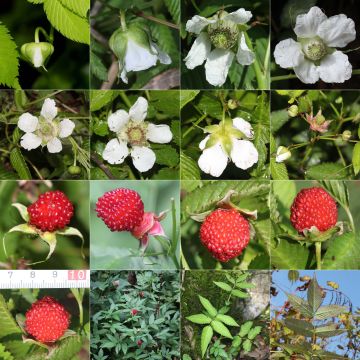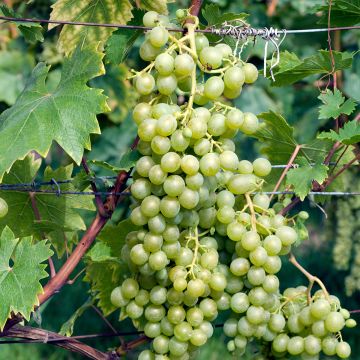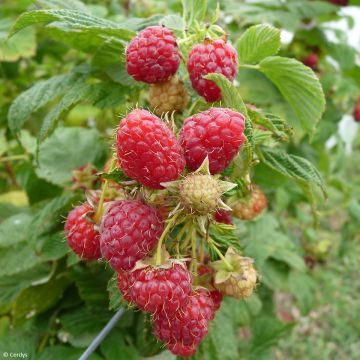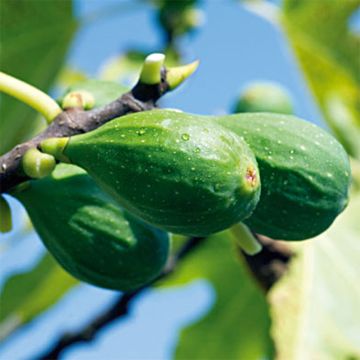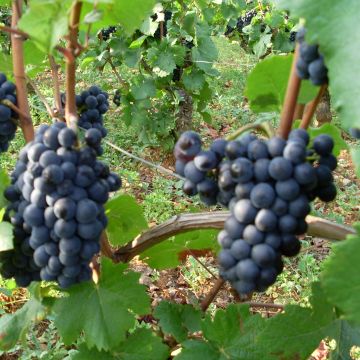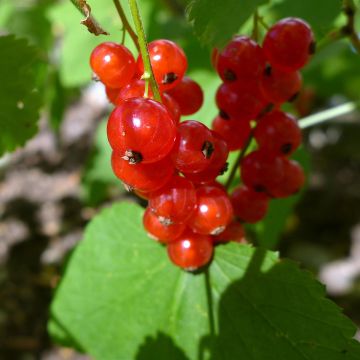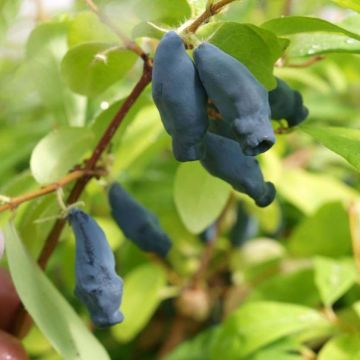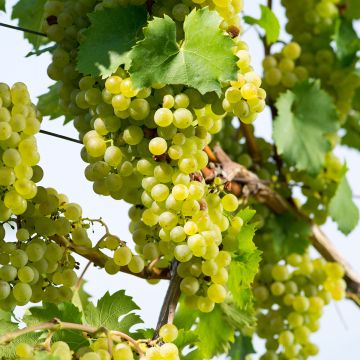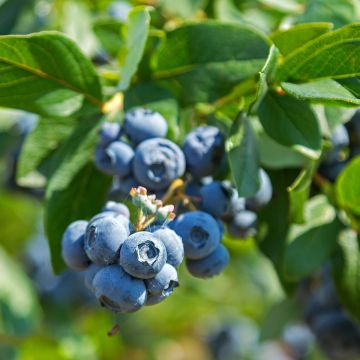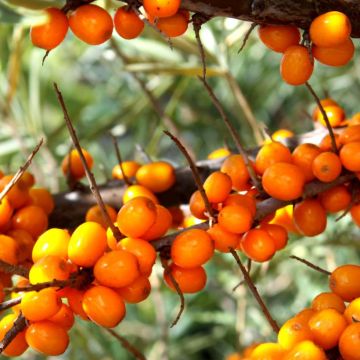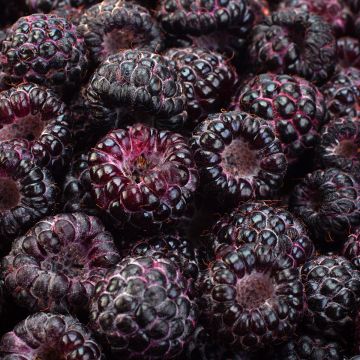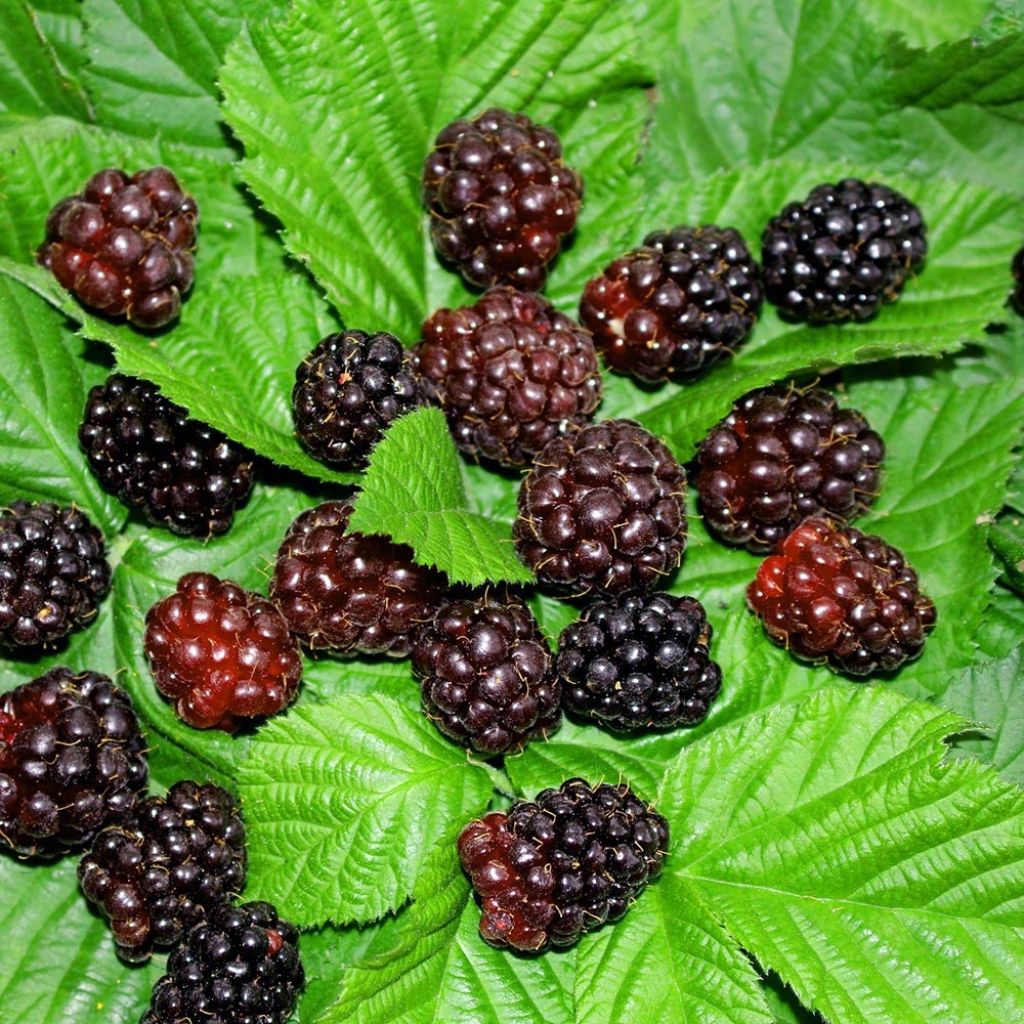

Raspberry-Blackberry Boysenberry
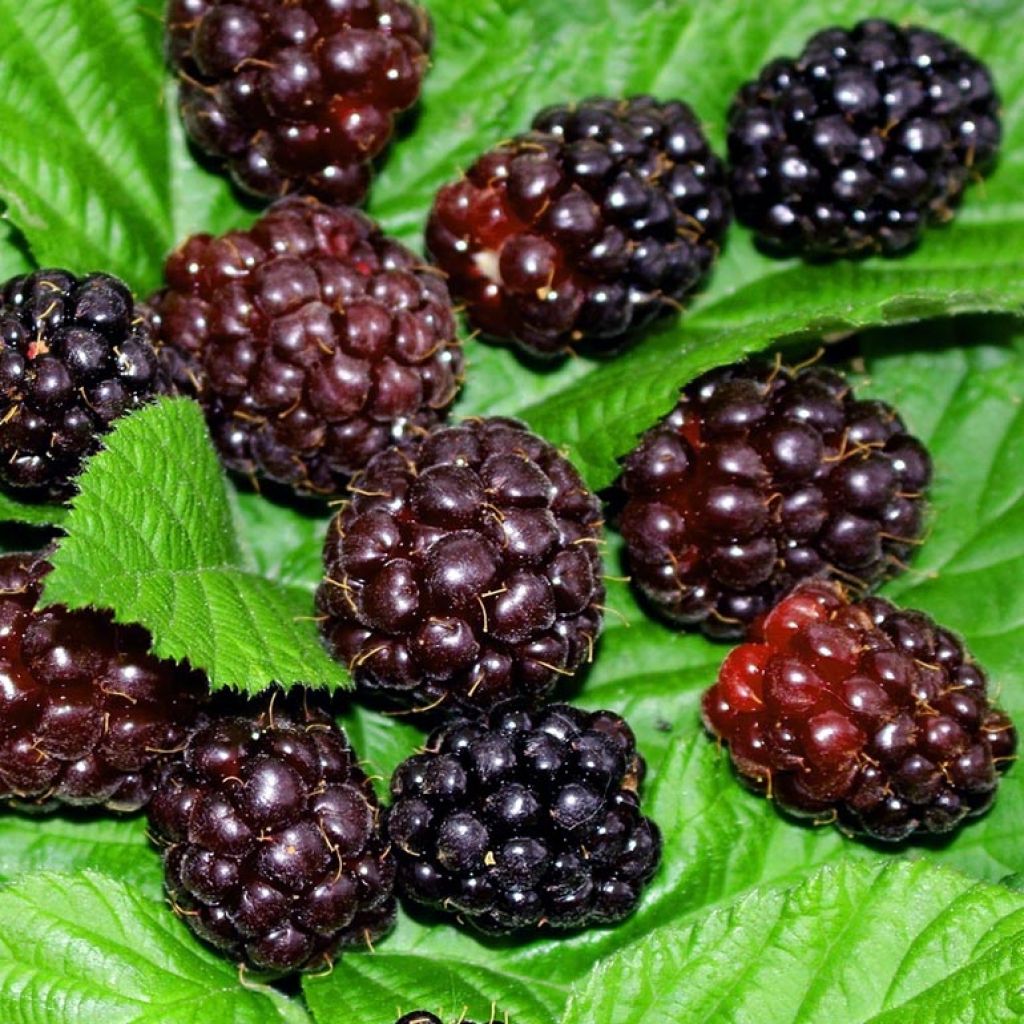

Raspberry-Blackberry Boysenberry
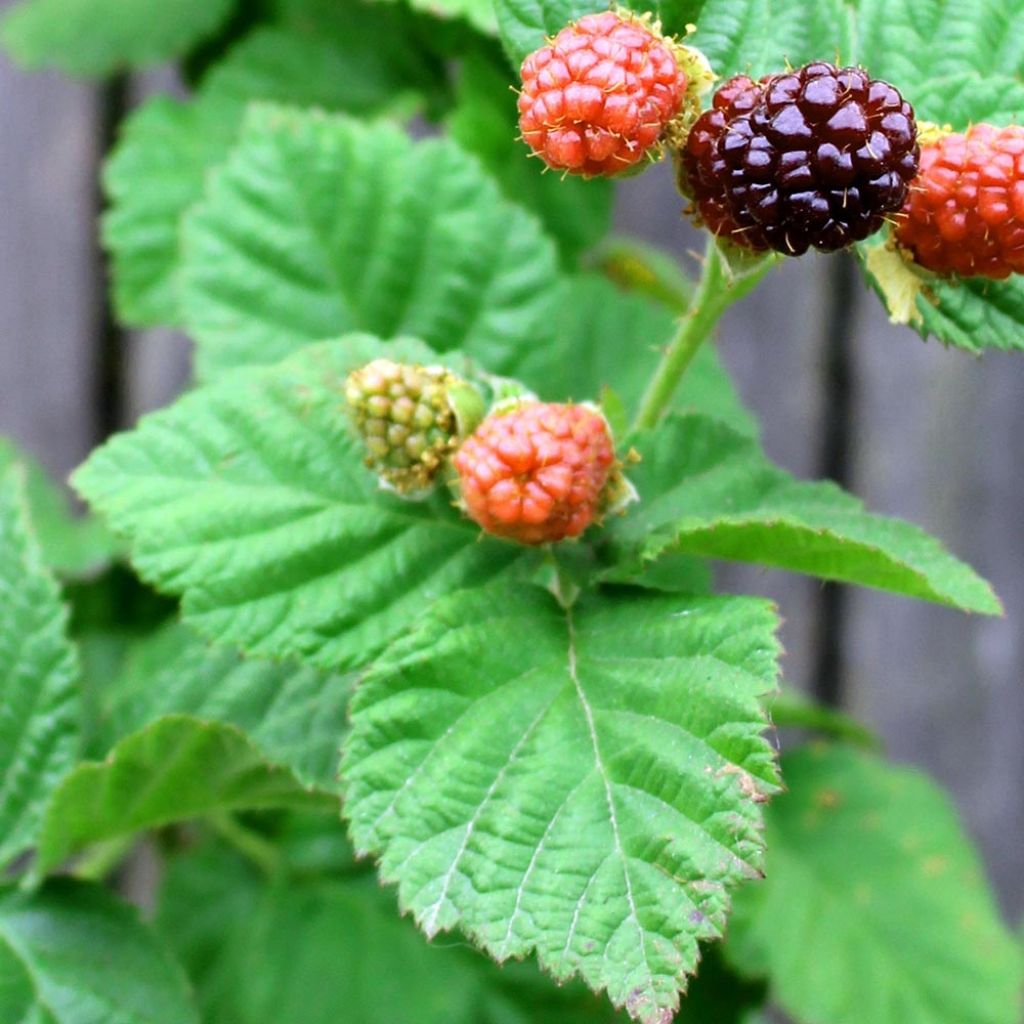

Raspberry-Blackberry Boysenberry
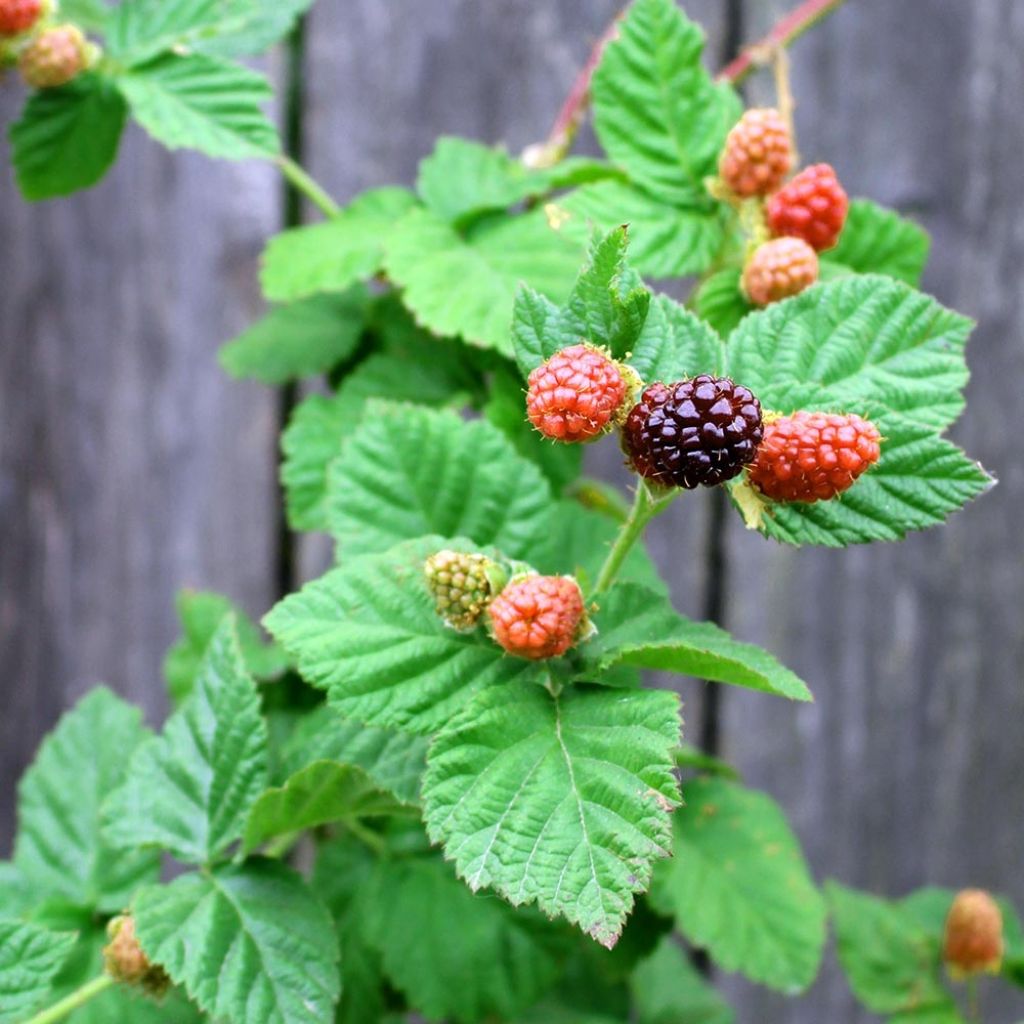

Raspberry-Blackberry Boysenberry
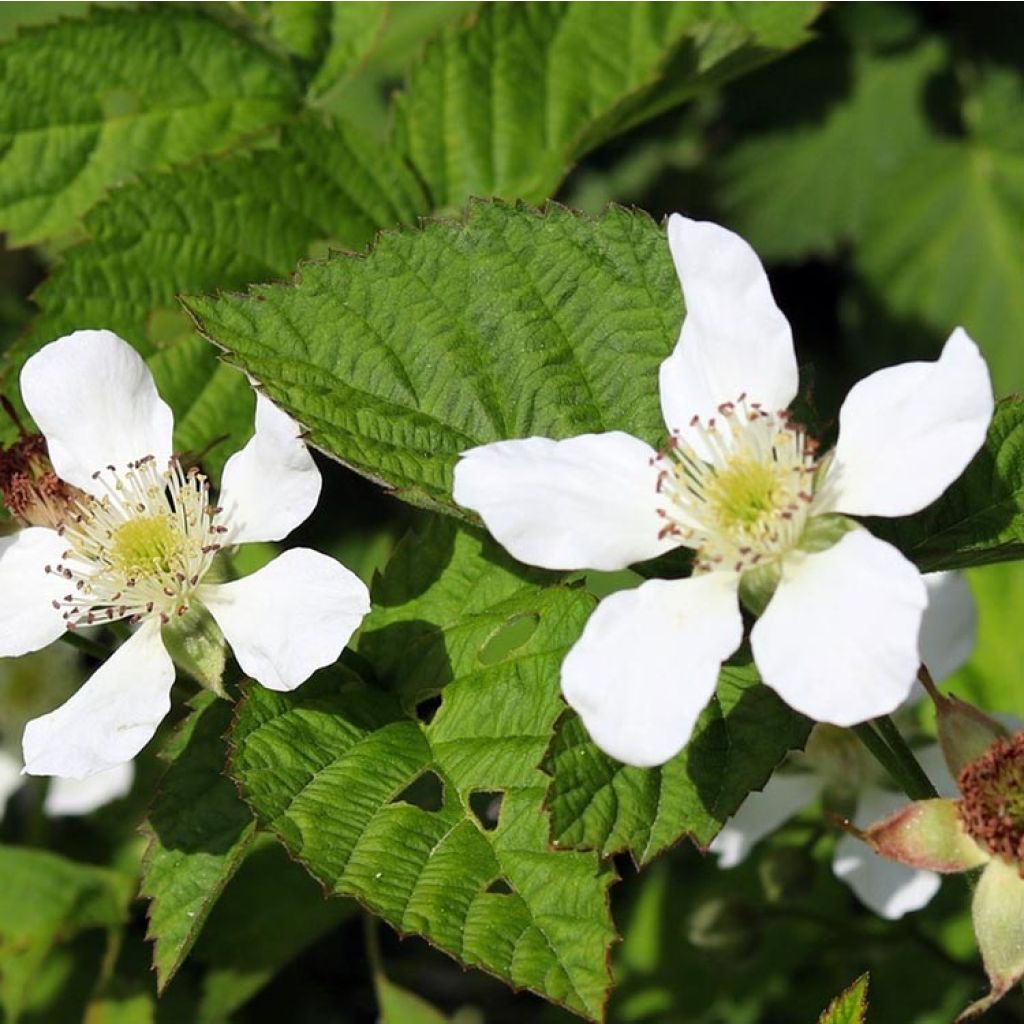

Raspberry-Blackberry Boysenberry
Raspberry-Blackberry Boysenberry
Rubus ursinus x idaeus Boysenberry
Boysenberry
This item cannot be shipped to the selected country
Delivery charge from €5.90
Delivery to Corse prohibited
More information
Schedule delivery date,
and select date in basket
This plant carries a 6 months recovery warranty
More information
We guarantee the quality of our plants for a full growing cycle, and will replace at our expense any plant that fails to recover under normal climatic and planting conditions.
From €5.90 for pickup delivery and €6.90 for home delivery
Express home delivery from €8.90.
Delivery to Corse prohibited: UE law prohibits the import of this plant from mainland France to Corse as part of the fight against Xylella fastidiosa. Please accept our sincere apologies.
More information
Description
The Raspberry-Blackberry Boysenberry, is a fruit-bearing bush that produces an abundance of large, elongated fruits that are purple to black, both sweet and tangy, fragrant and juicy! It is a sarmentose (i.e. it produces runners) and thornless plant with a rather climbing habit, which should be trained or placed against a trellis. Very productive, it is self-fertile, disease-resistant, and perfectly hardy. It is one of the simplest fruit plants to grow, simply plant it in the sun, in any well-drained soil.
The Boysenberry Bush belongs to the large family of Rosaceae. The boysenberry is a cross between a raspberry, a blackberry, and a loganberry (another raspberry-blackberry hybrid) made by an individual on his farm in California in the 1920s. It has a branching and flexible habit, spreading, with branches that can reach 1.5m (5ft) in length, and a stump that can occupy 1.5m (5ft) of the ground. The foliage is deciduous, bright green, composed of entire, wavy and toothed leaves, with visible veins, very similar to raspberry leaves. The stems are without thorns. They only live to bear fruit (3 years) and are gradually replaced by shoots coming from the stump. Production reaches its normal level in the third year after planting. The abundant and honey-bearing flowering gives many small white flowers, 1.5cm (1in) in diameter, grouped in clusters. It occurs in May. The fruits that form are made up of drupes clustered on the receptacle, adhering. They are large, elongated, measuring up to 5cm (2in) long, initially appearing red and then turning violet to black at ripeness, in July-August. They should be picked when fully ripe, as they are both sweet and tangy, very balanced, combining the fragrance of raspberry and blackberry. The fruits can be consumed fresh at the time of picking, frozen, and are perfect for making jams.
The Boysenberry produces very long and flexible branches that must be trained (on a trellis, fence, or lattice). Hardy and easy to grow, it is content with ordinary soil, although it prefers fertile, well-drained, and moist soil. It will thrive against a sunny wall, highlighting the bare wood of the flexible branches in winter. Boysenberries, like raspberries, contain two specific sugars, levulose and fructose, very little sucrose, so they are not very calorific. The fruits also contain ellagic acid, tannins, vitamin C, and are a good source of potassium.
Report an error about the product description
Raspberry-Blackberry Boysenberry in pictures
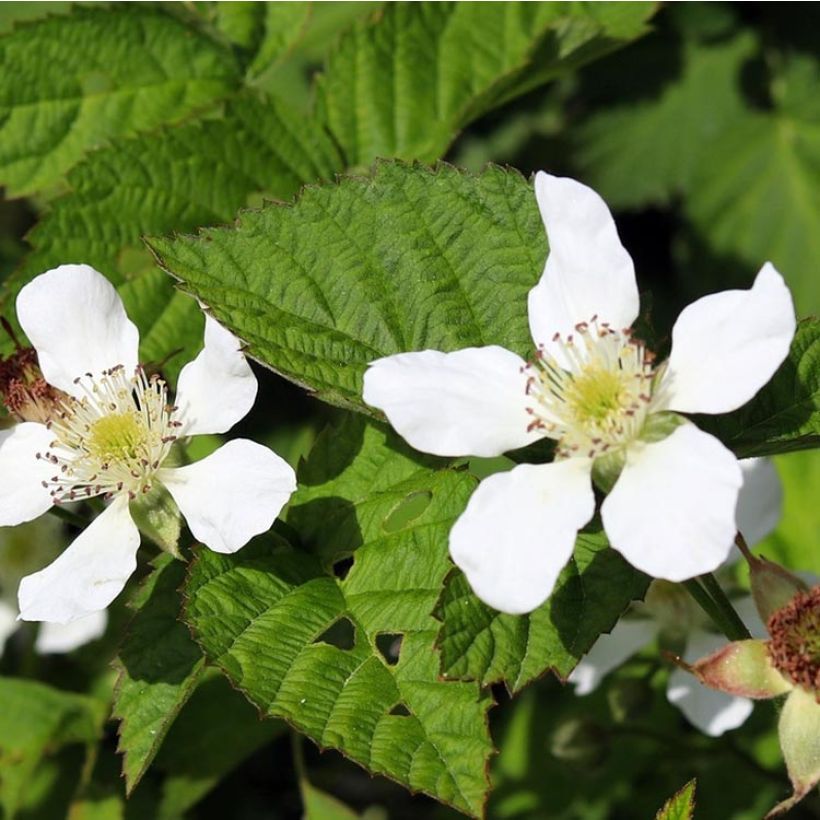

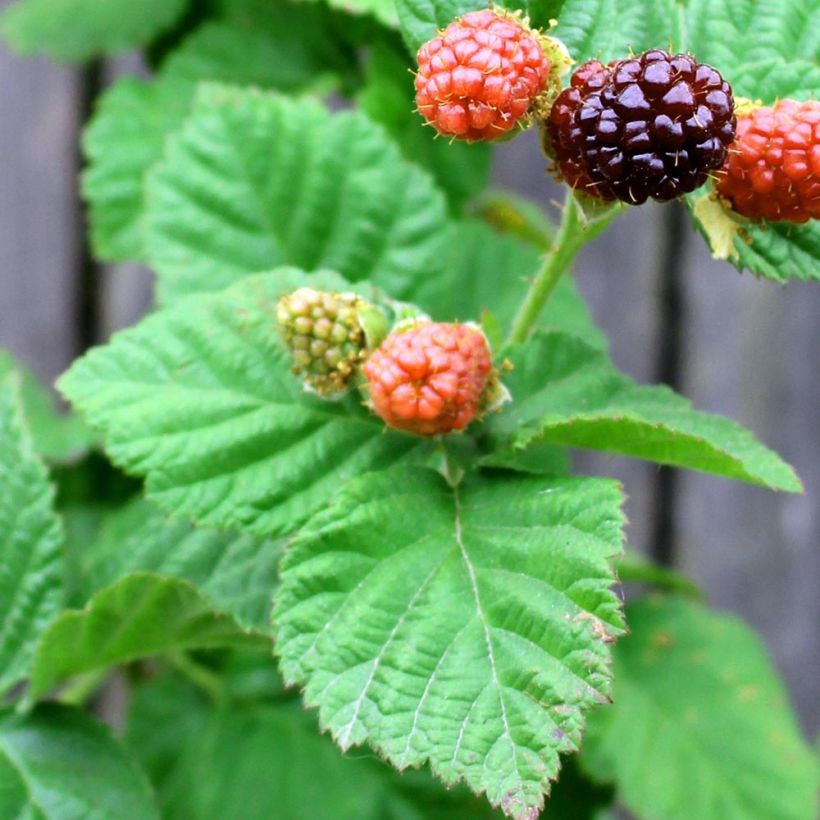

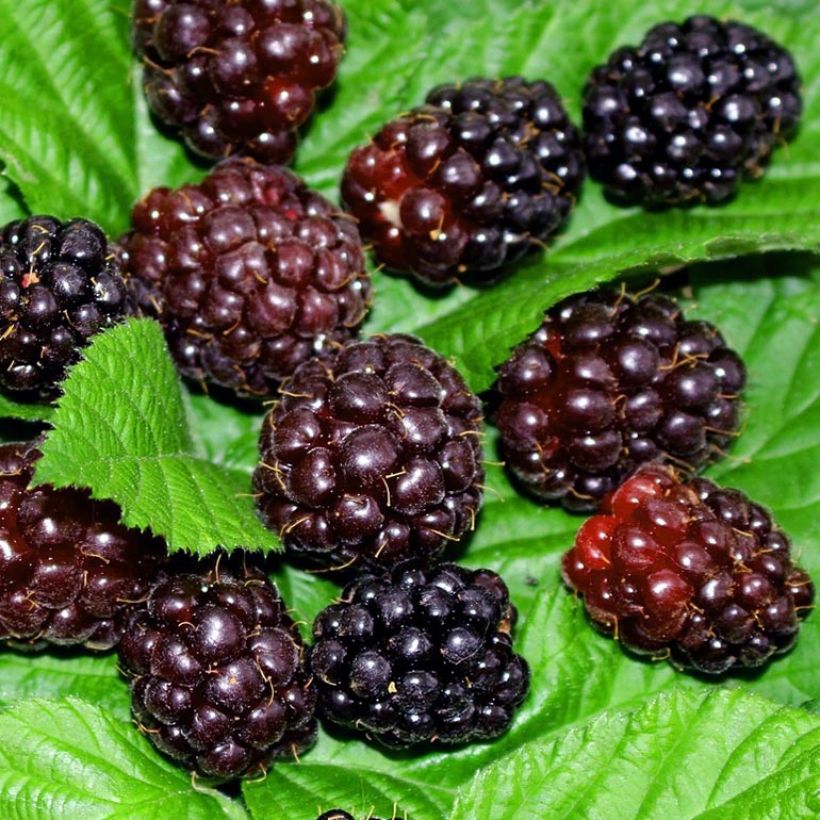

Plant habit
Fruit
Flowering
Foliage
Botanical data
Rubus
ursinus x idaeus
Boysenberry
Rosaceae
Boysenberry
Cultivar or hybrid
Other Blackberry bush
Planting and care
The Blackberry-Raspberry Boysenberry prefers deep, fertile soils that are not too dry but rather moist. However, it is a low-maintenance plant that will adapt to any ordinary soil that is not too dry. This bramble bears fruit in the sun or even in partial shade, although the fruits will be of lesser quality. When grown in a pot, it can be planted at any time of the year. However, it is preferable to plant it in the garden in autumn, from September to November. Dig a hole much larger than the root system. Scratch the root ball with a lightly cutting tool to loosen the root mass and promote growth. Place the bush in the hole without burying it too deeply. Water the soil well to compact it and remove air around the roots. It is important to ensure that the plant does not lack water in the first year after planting. Adding organic fertiliser at the start of growth is beneficial. Train the new shoots as they grow.
Planting period
Intended location
Care
This item has not been reviewed yet - be the first to leave a review about it.
Berries
Haven't found what you were looking for?
Hardiness is the lowest winter temperature a plant can endure without suffering serious damage or even dying. However, hardiness is affected by location (a sheltered area, such as a patio), protection (winter cover) and soil type (hardiness is improved by well-drained soil).

Photo Sharing Terms & Conditions
In order to encourage gardeners to interact and share their experiences, Promesse de fleurs offers various media enabling content to be uploaded onto its Site - in particular via the ‘Photo sharing’ module.
The User agrees to refrain from:
- Posting any content that is illegal, prejudicial, insulting, racist, inciteful to hatred, revisionist, contrary to public decency, that infringes on privacy or on the privacy rights of third parties, in particular the publicity rights of persons and goods, intellectual property rights, or the right to privacy.
- Submitting content on behalf of a third party;
- Impersonate the identity of a third party and/or publish any personal information about a third party;
In general, the User undertakes to refrain from any unethical behaviour.
All Content (in particular text, comments, files, images, photos, videos, creative works, etc.), which may be subject to property or intellectual property rights, image or other private rights, shall remain the property of the User, subject to the limited rights granted by the terms of the licence granted by Promesse de fleurs as stated below. Users are at liberty to publish or not to publish such Content on the Site, notably via the ‘Photo Sharing’ facility, and accept that this Content shall be made public and freely accessible, notably on the Internet.
Users further acknowledge, undertake to have ,and guarantee that they hold all necessary rights and permissions to publish such material on the Site, in particular with regard to the legislation in force pertaining to any privacy, property, intellectual property, image, or contractual rights, or rights of any other nature. By publishing such Content on the Site, Users acknowledge accepting full liability as publishers of the Content within the meaning of the law, and grant Promesse de fleurs, free of charge, an inclusive, worldwide licence for the said Content for the entire duration of its publication, including all reproduction, representation, up/downloading, displaying, performing, transmission, and storage rights.
Users also grant permission for their name to be linked to the Content and accept that this link may not always be made available.
By engaging in posting material, Users consent to their Content becoming automatically accessible on the Internet, in particular on other sites and/or blogs and/or web pages of the Promesse de fleurs site, including in particular social pages and the Promesse de fleurs catalogue.
Users may secure the removal of entrusted content free of charge by issuing a simple request via our contact form.
The flowering period indicated on our website applies to countries and regions located in USDA zone 8 (France, the United Kingdom, Ireland, the Netherlands, etc.)
It will vary according to where you live:
- In zones 9 to 10 (Italy, Spain, Greece, etc.), flowering will occur about 2 to 4 weeks earlier.
- In zones 6 to 7 (Germany, Poland, Slovenia, and lower mountainous regions), flowering will be delayed by 2 to 3 weeks.
- In zone 5 (Central Europe, Scandinavia), blooming will be delayed by 3 to 5 weeks.
In temperate climates, pruning of spring-flowering shrubs (forsythia, spireas, etc.) should be done just after flowering.
Pruning of summer-flowering shrubs (Indian Lilac, Perovskia, etc.) can be done in winter or spring.
In cold regions as well as with frost-sensitive plants, avoid pruning too early when severe frosts may still occur.
The planting period indicated on our website applies to countries and regions located in USDA zone 8 (France, United Kingdom, Ireland, Netherlands).
It will vary according to where you live:
- In Mediterranean zones (Marseille, Madrid, Milan, etc.), autumn and winter are the best planting periods.
- In continental zones (Strasbourg, Munich, Vienna, etc.), delay planting by 2 to 3 weeks in spring and bring it forward by 2 to 4 weeks in autumn.
- In mountainous regions (the Alps, Pyrenees, Carpathians, etc.), it is best to plant in late spring (May-June) or late summer (August-September).
The harvesting period indicated on our website applies to countries and regions in USDA zone 8 (France, England, Ireland, the Netherlands).
In colder areas (Scandinavia, Poland, Austria...) fruit and vegetable harvests are likely to be delayed by 3-4 weeks.
In warmer areas (Italy, Spain, Greece, etc.), harvesting will probably take place earlier, depending on weather conditions.
The sowing periods indicated on our website apply to countries and regions within USDA Zone 8 (France, UK, Ireland, Netherlands).
In colder areas (Scandinavia, Poland, Austria...), delay any outdoor sowing by 3-4 weeks, or sow under glass.
In warmer climes (Italy, Spain, Greece, etc.), bring outdoor sowing forward by a few weeks.

































